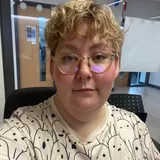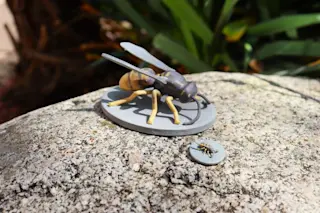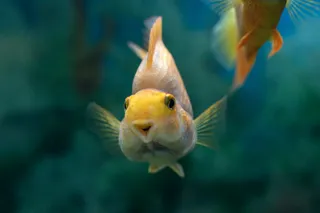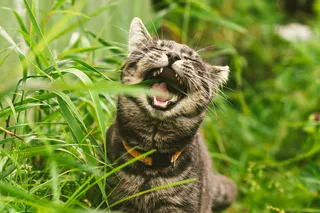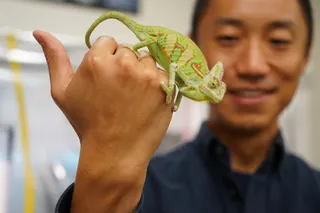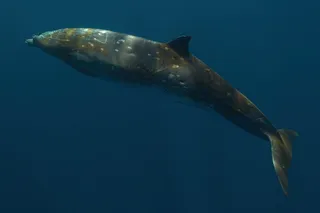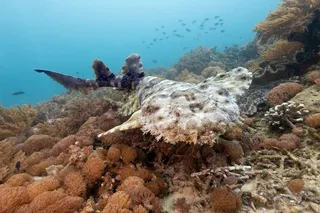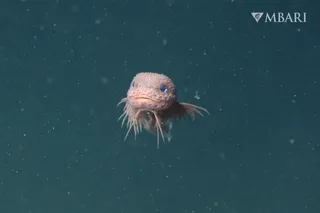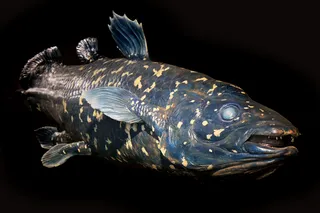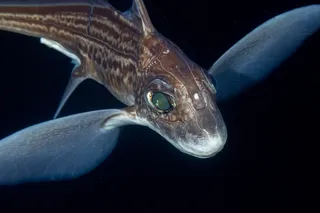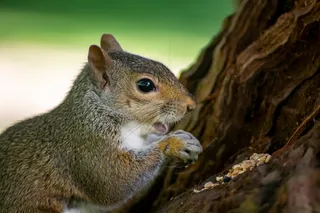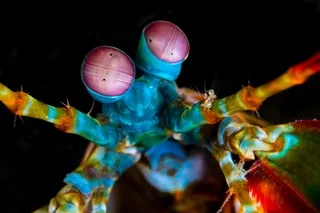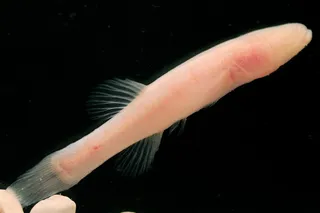Some creatures in the animal kingdom have developed a clever trick for staying alive: pretending to be something far scarier than they really are. A new Nature study has revealed how this evolutionary sleight of hand, known as Batesian mimicry, works and why some species are more convincing fakes than others.
To tackle this question, researchers from the University of Nottingham took a high-tech approach. They created life-sized, 3D-printed insect models to simulate the look of real wasps and their harmless mimics, such as hoverflies. This method allowed scientists to precisely manipulate traits like shape, color, and pattern — something impossible to do with living specimens.
“In our study, we are asking a question about how evolution works and what determines where evolution reaches at a particular point in time,” said Tom Reader, from the School of Life Sciences, in a press release. “Our experiments looked at the competing influences which might ultimately shape what organisms look like. Insects and mimicry offer a powerful and accessible way to investigate questions that are relevant across the entire tree of life.”
How Accurate Does a Mimic Need to Be?
Using detailed 3D scans of both real wasps and hoverflies, the team produced dozens of physical models with varying combinations of features. This allowed them to ask a crucial evolutionary question: how convincing does a mimic need to be to survive?
“The models enabled us to ask ‘what-if’ questions about these insects. What if they were better mimics because their color was more wasp-like? It allowed us to play around with the insect’s appearance in a way you can’t with real specimens. Which meant we could ask a much broader range of questions about what it is that makes a good or bad mimic,” said Christopher Taylor, also from the School of Life Sciences, in the press release.
The researchers then tested these mimic models in the wild, exposing them to predators like birds and spiders. They discovered that color was one of the most important traits in deterring birds, while size also played a role. Interestingly, spiders weren’t quite as picky. Less convincing mimics had better odds of escaping a spider’s notice in comparison to a bird’s, suggesting that different species of predators perceive mimicry to varying degrees.
Read More: Dogs May Unknowingly Mimic Blinking to Bond With Each Other
Using 3D Printing As An Evolutionary Time Machine
To further explore the evolutionary edge of mimicry, the team experimented with multiple mimic species present in the same environment. They found that when several mimics are around, even the less accurate ones benefit from collective illusion. This observation shows that strength in numbers may matter more than accurate imitation.
This cutting-edge use of 3D printing has given researchers a new lens into how mimicry evolves and why some species become expert imposters while others can get away with just a rough resemblance. The study is a fascinating reminder that evolution doesn’t always aim for perfection, and that one only needs to fool a predator just enough to stay alive. Researchers hope to continue to merge 3D printing and life sciences to continue learning about insect evolution — past, present, and future.
“As an evolutionary biologist, you are constantly trying to understand something that happened in the past, and without a time machine, you can’t know how a hoverfly ended up like it did,” said Reader in the press release. “These techniques enable us to visualize and recreate life-size full-color models of what ancestors or future descendants of today’s hoverflies might look like and to then ask real predators, such as birds and spiders, what do you think about these characteristics that might have been present in the past or future?”
Read More: How Does 3D Printing Actually Work and What Can You Make?
Article Sources
Our writers at Discovermagazine.com use peer-reviewed studies and high-quality sources for our articles, and our editors review for scientific accuracy and editorial standards. Review the sources used below for this article:


